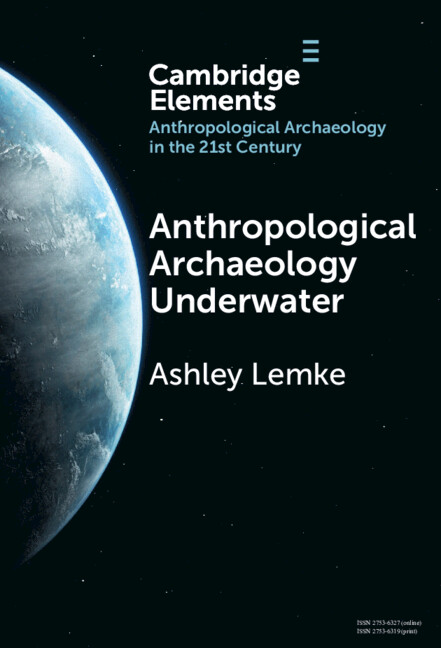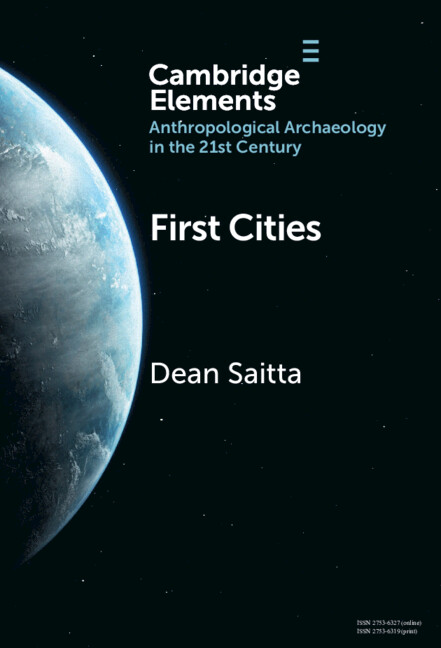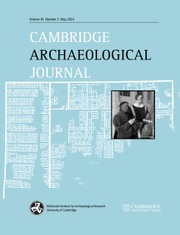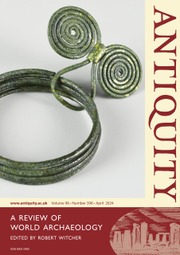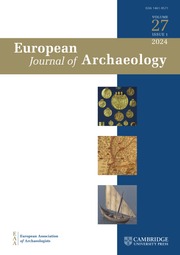Anthropological Archaeology Underwater
Anthropological archaeology underwater is a new field. What type of research is this and how do anthropologists go about it? When most people hear the phrase 'underwater archaeology', they think of shipwrecks and dramatic images of lost ships at sea, but the underwater archaeological record is vast. In addition to historic vessels, water preserves some of the oldest landscapes on the planet. While archaeologists are interested in the past, those working underwater apply the latest technologies to provide fresh understandings about ancient human behaviour. Underwater environments provide preservation that is unmatched on land and therefore the data collected is novel – providing information about human lifeways and creating a picture of the past we would otherwise never see. This Element will explore the world of anthropological archaeology underwater, focusing on submerged sites, and review the techniques, data, and theoretical perspectives which are offering new insights into the human story.
Product details
October 2024Hardback
9781009494649
96 pages
229 × 152 × 6 mm
0.277kg
Available
Table of Contents
- 1. Introduction: Archaeology Underwater
- 2. Establishing an Anthropological Archaeology Framework
- 3. Types of Sites: Our Cultural World, Submerged
- 4. Methods
- 5. Types of Data: Material Culture, Resurfaced
- 6. The Future of the Underwater Past
- References.

